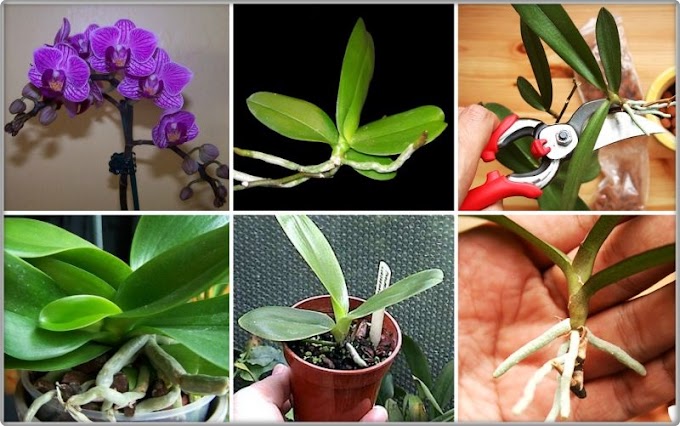Scientific Name
Sempervivum arachnoideum subsp. tomentosum (C.B.Lehm. & Schnittsp.) Schinz & Thell.
Common Names
Woolly Cobweb Houseleek, Cobweb Hen and Chicks
Synonyms
Sempervivum tomentosum, Sempervivum laggeri, Sempervivum arachnoideum var. laggeri, Sempervivum webbianum
Scientific Classification
Family: Crassulaceae
Subfamily: Sedoideae
Tribe: Sedeae
Subtribe: Sedinae
Genus: Sempervivum
Description
Sempervivum arachnoideum subsp. tomentosum is a mat-forming, evergreen perennial with rosettes up to 1.6 inches (4 cm) in diameter, of fleshy, obovate, mid-green to red leaves, densely covered in white, cobweb-like hairs. The star-shaped, pink flowers up to 0.6 inch (1.5 cm) in diameter are borne in flat cymes on stems up to 6 inches (15 cm) tall.
Hardiness
USDA hardiness zone 4a to 10b: from −30 °F (−34.4 °C) to 40 °F (+4.4 °C).
How to Grow and Care
Because of the variability of Cobweb Houseleek, they easily adapt to the local conditions, and due to the small gene pool, they become a form or variety quite quickly, perfectly adapted to the local conditions of heat and cold as well as the amount of snow or rain and at which times of year.
Relatively easy to grow in container or in rock garden, scree bed, wall crevice, trough or alpine house. They are ideal in so many ways, as they quickly start to form very tight clusters of rosettes, filling in Sempervivum walls, mosaics and topiary, and their shallow yet fibrous root systems hold soil in place even in vertical plantings. After the plant blooms and sets seed it will die, but there will be many offsets to take its place.
Plant in well drained succulent soil mix in full sun to light shade. Water regularly during the growing season and allow soil to dry out before watering again. Water very little during the winter months… – See more at: How to Grow and Care for Cobweb Houseleek (Sempervivum arachnoideum)
Origin
Native to the mountains of central and southern Europe.
Links
Back to genus Sempervivum
Succulentopedia: Browse succulents by Scientific Name, Common Name, Genus, Family, USDA Hardiness Zone, Origin, or cacti by Genus
Sempervivum arachnoideum subsp. tomentosum (Woolly Cobweb Houseleek)
,
Random Post
https://succulents-garden.blogspot.com/search/label/DIY
Recent-Post
10/recent/post-list
Popular Posts
Recent Posts
8/recent/post-list
Created By SoraTemplates | Distributed By Blogger Templates




